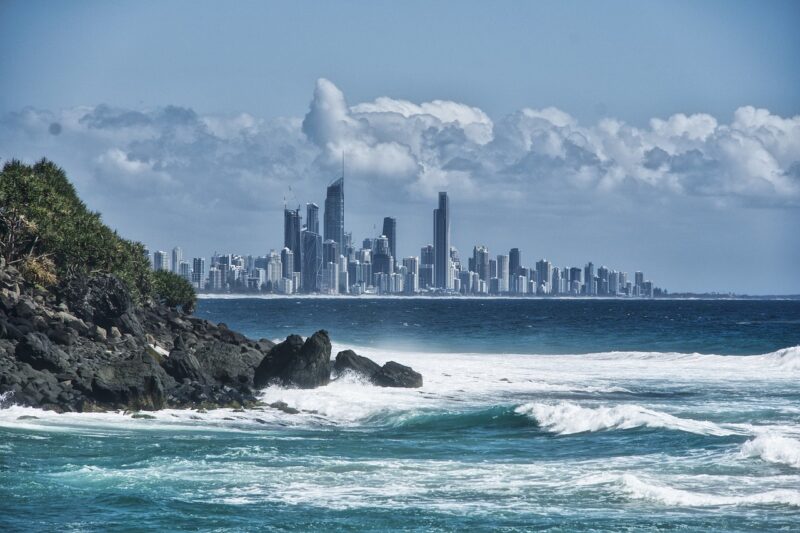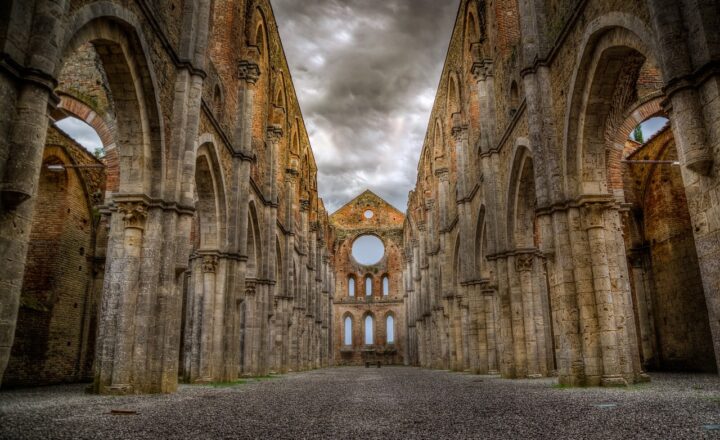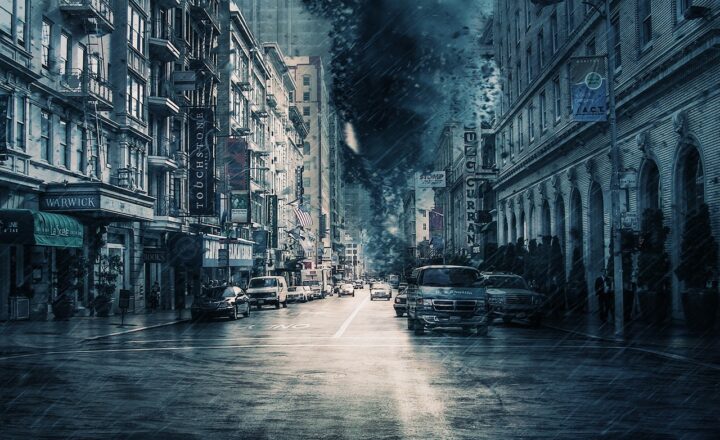How Cities Have Changed Over Centuries and What They Might Look Like Next
November 16, 2024

Cities have always been vibrant centers of life—transcending mere geographic spaces to become embodiments of culture, history, economy, and innovation. Over the last several centuries, cities have undergone astonishing transformations, adapting to societal needs, technological advancements, and environmental changes. But understanding how cities have evolved helps illuminate what they might look like in the future.
1. The Evolution of Cities: A Historical Perspective
Cities have a rich history that reflects the triumphs and trials of humankind. Early settlements emerged around 10,000 BC, as agricultural practices developed and populations grew. These primitive cities were typically made up of mud huts, arranged around common areas for social gatherings.
Fast forward to 500 BC, cities like Athens and Rome established themselves as sophisticated urban centers. These cities were masterfully planned, featuring advanced infrastructure, public forums, and intricate road systems. The layout of these cities heavily influenced subsequent urban planning in Europe and beyond.
However, the industrial revolution in the 18th century marked a turning point, leading to rapid urbanization. Cities swelled with population as people migrated from rural areas to urban centers for jobs in factories. This transition presented challenges like overcrowding, pollution, and inadequate infrastructure.
**Key developments during this period included:**
- **Introduction of Public Transport:** Streetcars and railways transformed how people traversed cities, making them more accessible.
- **Skyscrapers:** Advancements in materials and engineering led to the construction of tall buildings that defined city skylines.
- **Zoning Laws:** As cities expanded, regulations were enacted to organize land use, leading to the establishment of commercial and residential districts.
The late 20th century witnessed the rise of the post-industrial city, marked by deindustrialization and the relocation of industries. Consequently, cities prioritized technology, culture, and services, giving rise to the concept of the ‘creative city’ characterized by innovation and cultural vibrancy.
2. Modern Challenges Facing Urban Landscapes
Today’s cities, while more technologically advanced and interconnected than ever, face a multitude of challenges:
**a. Overpopulation:** Urban areas are increasingly congested, with cities like Tokyo and Dhaka grappling with populations in the millions, leading to housing shortages and strained public services.
**b. Climate Change:** Cities account for a significant portion of global greenhouse gas emissions. The risk of flooding, heatwaves, and extreme weather events presents a pressing challenge to urban planning and infrastructure.
**c. Inequality:** Urban centers often showcase stark contrasts between wealth and poverty. Disparities in access to housing, health care, education, and employment are significant societal issues.
**d. Infrastructure Deterioration:** Many cities struggle with outdated infrastructure that is ill-equipped to handle contemporary demands and competing technological innovations.
In response to these challenges, urban planners and city leaders are increasingly focusing on sustainable development and resilience.
3. Innovations Shaping the Future of Cities
As we look toward the future, the vision of cities is increasingly shaped by technological, social, and environmental innovations. Here are some promising developments:
**a. Smart Cities:** The concept of smart cities revolves around the integration of technology into urban infrastructure. This includes:
- **IoT (Internet of Things):** Smart sensors and devices collect data on traffic patterns, energy usage, and environmental conditions, enabling better resource allocation and urban management.
- **Smart Waste Management:** Technology can optimize waste collection processes and reduce landfill impacts, promoting recycling and sustainability.
**b. Sustainable Design:** Future cities will place a strong emphasis on green architecture and sustainable construction methods. Key elements of this design philosophy include:
- **Energy-efficient buildings:** Construction that minimizes energy consumption and utilizes renewable energy sources.
- **Green spaces:** Parks and urban forests will be fundamental to improving urban air quality and providing residents with accessible recreational areas.
**c. Active Transportation:** As cities prioritize sustainability, investment in pedestrian-friendly designs and cycling infrastructures will continue. This shift promotes healthier lifestyles and reduces vehicular traffic.
**d. Community Engagement:** Cities of the future will prioritize participatory urban planning, where residents actively contribute to decision-making processes, ensuring that developments reflect the needs and desires of the community.
4. A Vision for Tomorrow: What Will Cities Look Like?
While it’s difficult to predict the definitive shape of cities in the coming century, several emerging trends provide tantalizing glimpses into our urban futures:
**a. Vertical Living:** As urban populations grow, multi-story dwellings will gain prominence, offering residents eco-friendly living and mixed-use spaces that integrate housing, work, and leisure.
**b. Autonomous Realities:** The rise of autonomous vehicles may lead to changes in road design and transportation networks, allowing for reallocation of road space to pedestrians and cyclists.
**c. Biophilic Cities:** A rising emphasis on biophilia will see greater integration of nature in urban environments—rooftop gardens, urban farms, and green walls will help create spaces that promote well-being.
**d. Augmented Reality:** Over time, augmented reality (AR) may revolutionize urban experiences, providing enhanced navigation, historical insights, and interactive art installations that give life to public spaces.
Conclusion: The Future is Now
As cities evolve, the lessons learned from history will play a crucial role in shaping their futures. Urbanization may present challenges, but it also holds tremendous opportunities for innovation and creativity. The future city is one that balances technology, community, and sustainability—a place where urban dwellers can thrive amid nature and frontline advancements.
With concerted efforts from citizens, planners, and policymakers alike, we can construct vibrant urban centers that are inclusive, sustainable, and reflective of our shared aspirations. As we turn the pages to this upcoming chapter, let’s embrace the possibilities of tomorrow’s cities, nurturing spaces where everyone belongs, and celebrating the magnificence of human ingenuity and adaptation.







